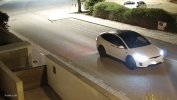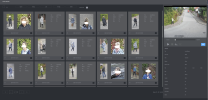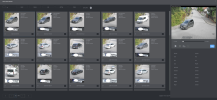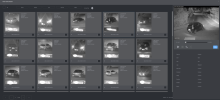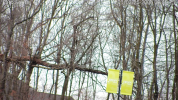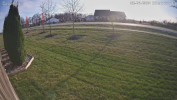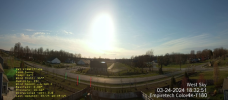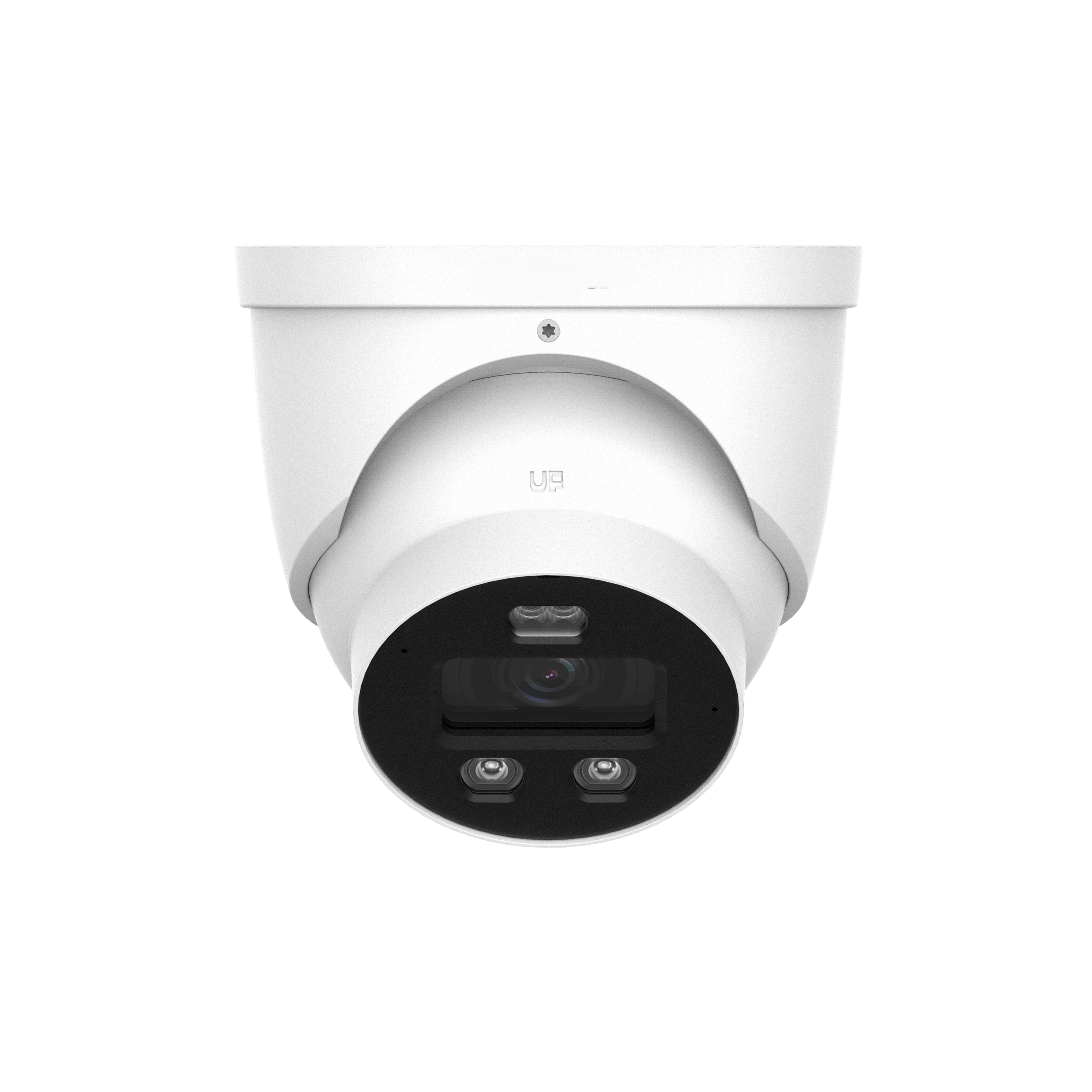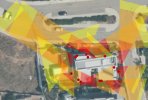I am redoing a large commercial facility cam system. Currently 16 cams and will probably expand that. I have an opportunity to get professional Sony VM602R cams for next to nothing. But I am trying to compare and understand the true differences other than resolution, because these are only 720p cams. We really need advanced features like good long range motion detect, quality optics, good IR light output, IO outputs, microphone input, etc.
Basically if we skipped down to the store to pickup 20 of the newer gen Sonys like this, that bill would be huge! On a few of these cams, we have to cover a 2 acre lot from only one side. Part of me sees this as the used Sonys are already a massive upgrade, we can run them, see how we like, make adjustments as needed. Part of me also doesn't want to spend the time to install lower rez cams than today spec. Just trying to make good decisions here.
Basically if we skipped down to the store to pickup 20 of the newer gen Sonys like this, that bill would be huge! On a few of these cams, we have to cover a 2 acre lot from only one side. Part of me sees this as the used Sonys are already a massive upgrade, we can run them, see how we like, make adjustments as needed. Part of me also doesn't want to spend the time to install lower rez cams than today spec. Just trying to make good decisions here.



